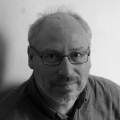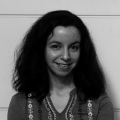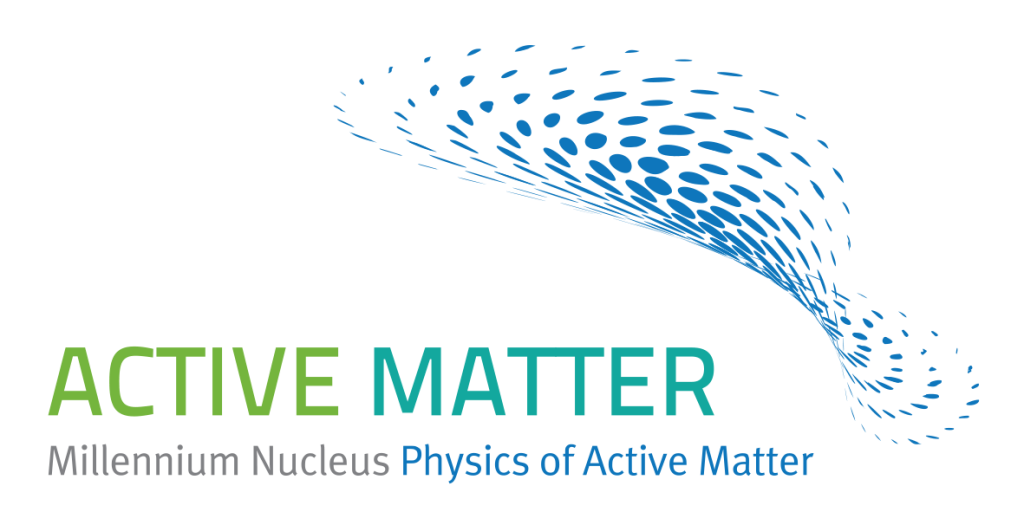 Millennium Nucleus Physics of Active Matter
Millennium Nucleus Physics of Active Matter
Impact Area: Materials for New Technology
Speciality: Materials for New Technology
We have seen how bird flocks, fish schools and others collectives of animals move in a synchronic and organized form, to the point that the swarm looks like having life.The same happens at a smaller level: bacteria suspensions, cellular tissues and artificial swimmers show surprising and unpredictable group movements. These systems are called by the physicists as active matter, a term coined during the last decade to describe the structures composed by biological or artificial elements, where each individual have the ability to extract energy from the environment to generate movement.
What properties have the active matter? Which states can it present? How we can predict its behavior? These are some of the questions that the Millennium Nucleus Physics of Active Matter seeks to answer. To this end it brought together a broad and diverse work team that combined experiences -of over a decade- in experimental and theoretical physics, numerical analysis and simulations, statistical thermodynamics and experimental manipulations of biological models. Why is important its study? Because active matter is the great paradigm of systems out of equilibrium, that in this moment doesn't have a theory that explain them, despite the great advances in this field in the last 20 years. And because the technologies of last generation that integrate biological material in micro and nanoscale, work with active matter and -therefore- advances in its knowledge, promise to have direct impacts on its development.
Housed in the Physical and Mathematical Sciences Faculty on the University of Chile, this academic centre has as its ultimate purpose to construct a thermodynamic theory for active matter that can extended to other systems out of equilibrium and -in the long term- apply these new concepts to systems of biological interest. Therefore, advance in knowledge of the active matter it will not only be a contribution to physics, but could revolution other fields as medicine and nanotechnology.
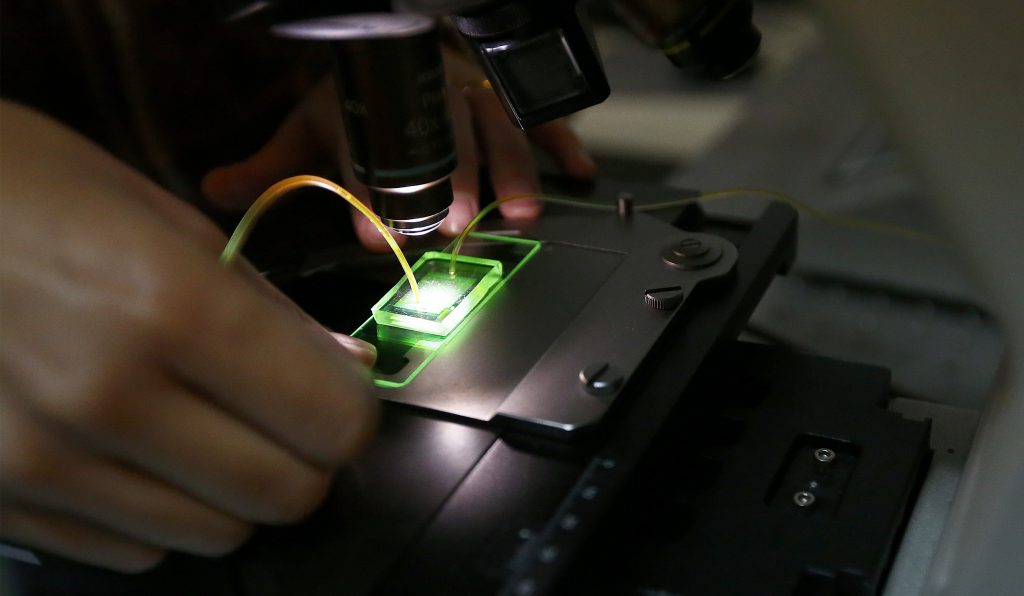
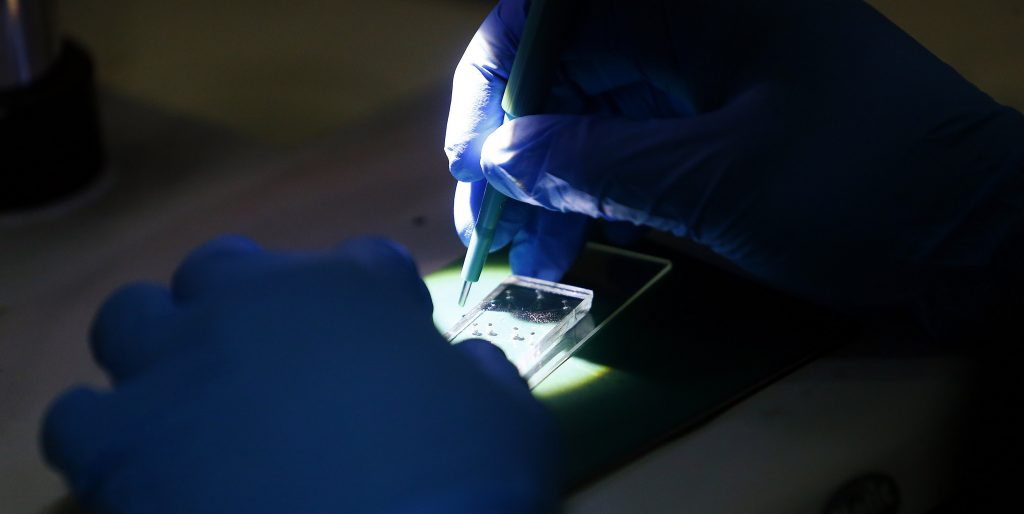
Contact e-mail: rsoto@dfi.uchile.cl
Communication e-mail: activematter.chile@gmail.com
Phone: +56 2 2978 4341
activematter.dfi.uchile.cl

